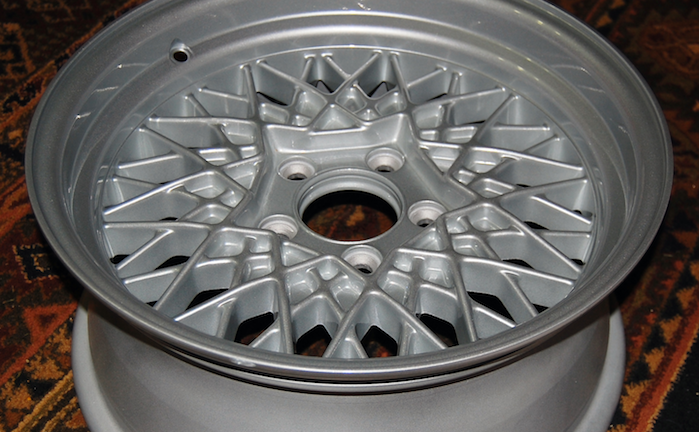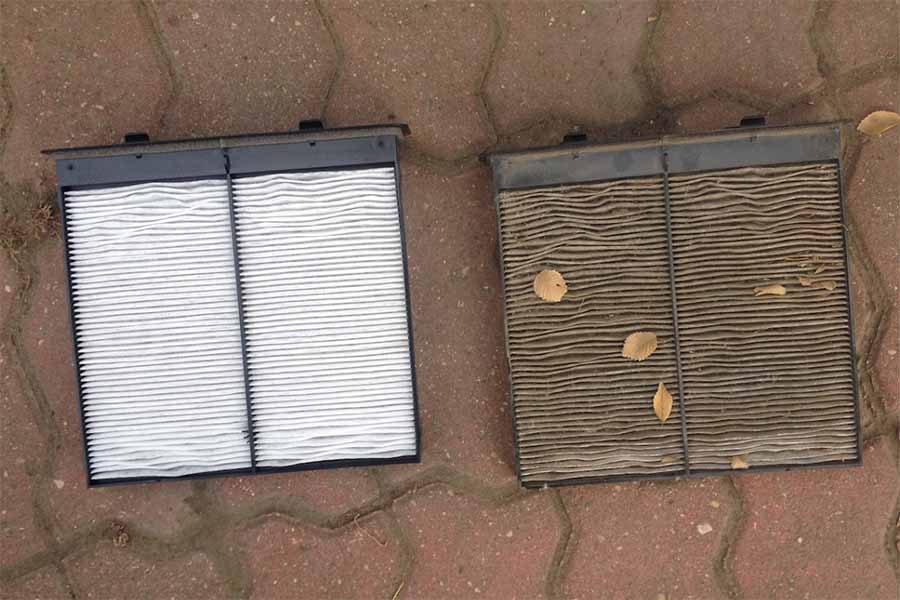
Wheel and Tire | Evan Kirby/Unsplash
Learn how to rotate tires the right way with this guide
Rotating tires is more than swapping the tires around. How you rotate your tires depends on factors specific to your vehicle. We'll show you all you need to know to rotate your tires the right way.
Why rotate tires?
Let's assume you have a front wheel drive car with all four tires the same size. Each tire will carry a different load. The front tires carry more than 60% of the car's weight. They're also responsible for putting the power of the engine to the road, all of the steering and about 80% of the braking. So it stands to reason that the front tires will wear much more quickly than the rear tires.
If your tires aren't rotated, they'll wear out at different rates. To get the most mileage (and value) out of your tires, you want them to wear evenly, so plan to rotate your tires every 5,000 miles. And finally, most tire manufacturers require regular rotation to keep their warranties valid.
Tire rotation patterns
Now for the complicating factors of tire rotation: how you rotate your tires is as important as when. The Tire & Rim Association recommends different rotation patterns depending on whether your vehicle is front-wheel, rear-wheel, 4-wheel or all-wheel drive. Some will need rotation front-to-rear, while others are designed to rotate in an X pattern, diagonally.
This is a good project for new DIYers
-
Engage your parking brake. Be sure you're parked on a level area. Place chocks behind your rear wheels if necessary for added protection.
-
Loosen all lug nuts slightly. If you have trouble, spray the lug nuts with penetrating oil first and let them sit 15 to 30 minutes. Loosening the lug nuts now will make removing the tires easier once your vehicle is lifted in the air and the lug nuts are supporting the entire weight of the wheel.
-
Jack up the first corner of your vehicle, depending on the rotation pattern you're using. Place your jack stand underneath and lower the jack. Consult your owner's manual for proper placement of jacks and stands on your vehicle.
-
Remove the wheel using a lug wrench, being careful to set aside each of the lug nuts for re-use.
-
Move to the side of the vehicle with the next tire you'll be swapping and repeat Steps 3 and 4.
-
As long as your tires are off, use a wire brush and wheel cleaner to remove brake dust buildup that can cause pitting on the backside of your rims. Go ahead and get a good look at the condition of your brake pads and rotors while you've got the wheels off.
-
Swap the tires and secure the lug nuts using a star pattern. Tighten the lug nuts to the proper torque spec in your owner’s manual with a torque wrench.
-
For aluminum wheels, drive your vehicle for 25 miles and recheck the lug nuts for tightness.
To get the most mileage (and value) out of your tires, you want them to wear evenly, so plan to rotate your tires every 5,000 miles.

Proper tire rotation patterns. Source | Tirebuyer







